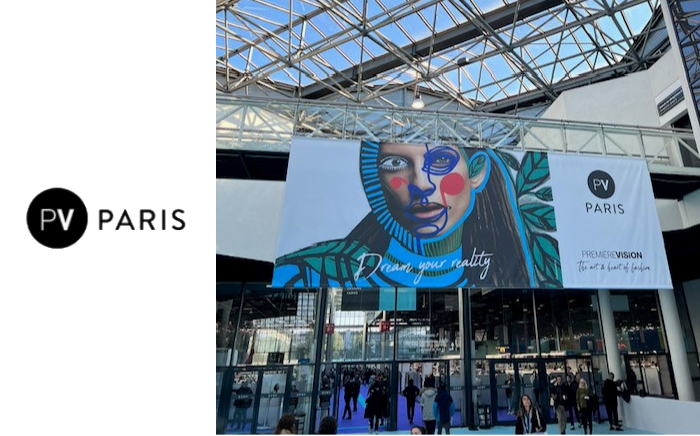As an alternative to conventional methods in the textile industry, one of the processes that adds new functional features and therefore added value to the product is the microencapsulation method. While the global volume of microcapsule technology, whose main areas of use are the pharmaceutical industry, chemical industry, food and textile industry, was 8.8 billion dollars in 2021, it is expected to increase to 16 billion dollars in 2027.
The basis of microcapsule technology is to coat a desired substance, called the core, with a specific coating material and apply it to the product. Advantages of microcapsule technology;
- It can be protected from harmful environments due to the coating of the core material.
- Better processability, increased shelf life
- Mobilization of sensitive materials such as enzymes and microorganisms
- Ability to hide tastes and odors
- Keeping the risk of oscillation under control.
However, the lack of a single microcapsule that can be applied to all core materials, repeatability problems and economic limitations are the aspects of this technology that need to be improved.
Functions obtained by microcapsule specifically for the textile industry;
. Color Changing Textiles: Thermochromic, photochromic, electrochromic dyestuffs
. Temperature Controlled Textiles: Phase Change Materials, Photo-thermal Energy Conversion Materials
. Textile Textiles: Super Hydrophobic, Sound Absorbing, Biosensor enabled, FR enabled, UV Protected, Antimicrobial, Insect repellent, Multi-functional
. Medical Textiles: Antibiotics, disinfectants, wound healing agents
. Cosmetic Textiles: Essential Oils, Vitamins, Moisturizing Substances
. Fragrance: Essential Oils, Perfumes, Aromas
The process flow can be divided into two: microcapsule creation and application. The formation of the capsule is carried out in various steps by adding water, gelatin, salt, product, acid and soda at 45 degrees Celsius to obtain outer wall material, intermediate material, core material, binder material and capsule, respectively. Although the most common applique method is impregnation on the scarf, there are also different methods such as spraying and dripping.
The microcapsule-applied textile product does not lose its properties in the first wash, as in conventional methods. Since the capsule is a closed structure, its effect over time and physically lasts for a long time.

 Back to Blog
Back to Blog











